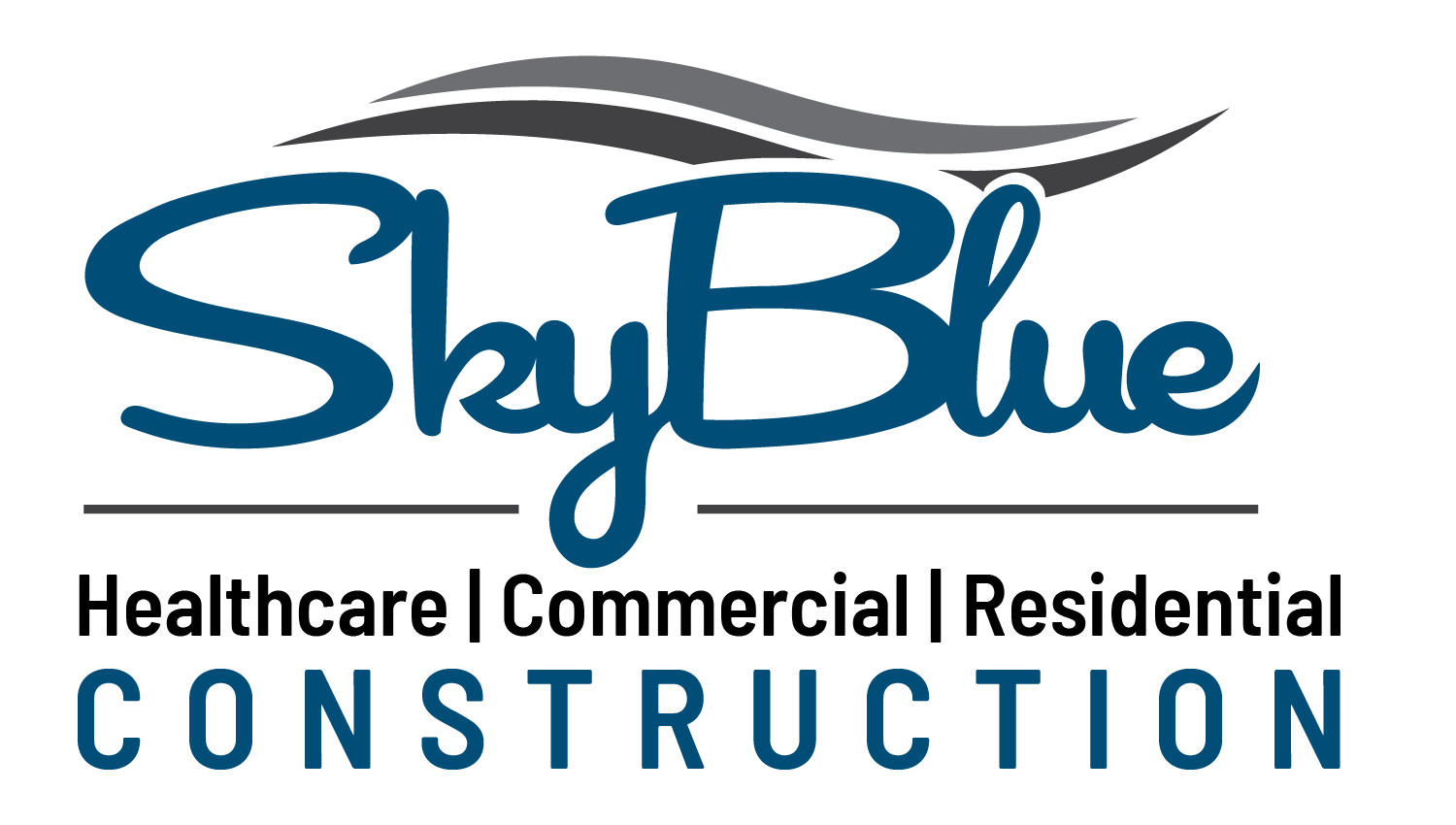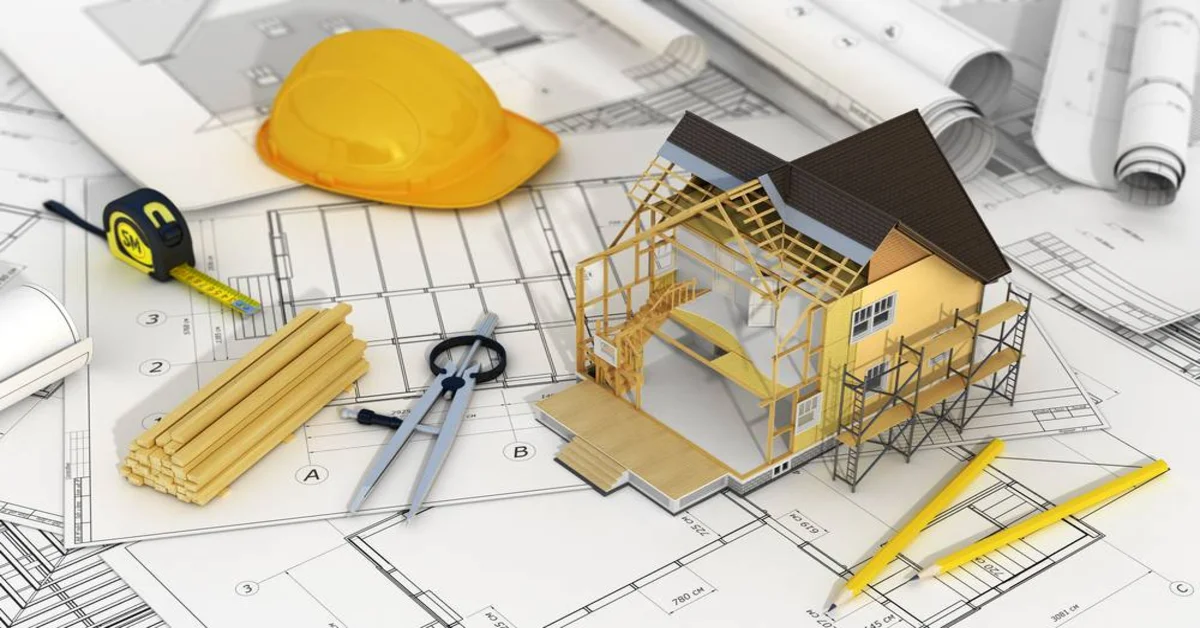Putting together construction materials is only a small part of what goes on while creating a commercial structure. The construction stage is actually just one tiny step in the operation. Before construction and design start, the planning phases are essential for avoiding problems before they happen. Professionals in commercial construction management are aware of how crucial these planning procedures are and make the most of them to minimize issues that may arise throughout the construction project. In order to guarantee that the building complies with all applicable laws and meets the client’s criteria, the procedure continues even after construction is finish. Let’s take a step-by-step look at the construction process.
The Planning and Development Stage
The crucial phase of a corporate building project is planning and development. You create the framework for the remainder of the project in this step. Finding a location for the project is one of the initial and most crucial decisions a developer will make. This phase also involves setting a budget and selecting a general contractor, all of which will have an impact on how the next steps will prose.
The Pre-Design Stage
Due to the fact that both phases entail defining the project’s expectations and goals. Several pre-design phase steps also appear in the planning and development phases. For instance, some people may decide to plan a meeting between the designer and general contractor during the pre-design process. While others could do this when making plans. Some people consider the design stage as the second step in the process of developing commercial buildings, combining pre-design and planning together into a single phase. Pre-design, irrespective of whether it is a stage all on its own or a part of planning. Aims to outline the precise needs of the project. Some critical factors that are significant for the remaining construction phases of the corporate building will be determine by those involve in the project, such as:
- Rooms in the structure, their sizes, and their intend uses
- The basic orientation of the building to nearby utilities and highways.
- Costs of materials for the building.
- Cost projections for the building stage.
- The standard schedule for contract outlines in commercial buildings.
You can hire engineers and lay down more specific details in the design stage after the pre-design process and the formulation of the general needs for the construction.
The Design Stage
To ensure the building’s structural stability and code compliance, the commercial building design phase calls for meticulous blueprints and drawings of the structure in addition to the knowledge of multiple engineers. Plans for the building’s internal structures, including the drainage and HVAC system, are verified by a mechanical engineer. Engineers that specialize in the structural design ensure the blueprints are sound. The building’s electrical system is design by electrical engineers. Connections to the neighborhood infrastructure and parking places are design by civil engineers. The key components of the construction work may start after this step.
- Apart from the architect and builder, other experts are involve in the design phase:
- Engineers who specialize in structural design are responsible for it.
- Plumbing and HVAC systems are design by mechanical engineers.
- The design and configuration of the project’s electrical system are decided by electrical engineers.
- A civil engineer is necessary for commercial projects to link to the adjacent infrastructure, build parking lots, and handle drainage.
During the construction phase, structural inspections on buildings with three floors or more must be perform by a threshold inspector.
The Pre-Construction Stage
Pre-construction is the phase that involves the most paperwork out of all those involve in creating a commercial structure. You must obtain the necessary licensing and insurance for all those working on the site during this phase of your project. During this phase, you will also collect vendor bids to make sure the procurement stage adheres to your set spending limits. For the project’s site work, you should lastly establish the field crew.
The Procurement Stage
For the budget to remain intact, the procurement phase is essential. The overall cost of construction will increase if additional services and materials are commission or purchase that are outside the project estimate. But other factors to consider are the caliber of the service providers and the quality of the construction materials. Therefore, you need to strike a balance between sticking to your budget and using durable building materials. In the same vein, you ought to select subcontractors who have a track record of excellence. The phase of procurement is frequently handled by a general contractor. However, a qualified construction management team makes sure that everyone is fully inform about the process of the general contractor. Open communication is essential to prevent problems cause by misunderstandings or a failure to comprehend expectations.
The Construction Stage
All of the work complete so far has been done to prepare for the construction process itself. Early in the process of constructing a commercial building, preparedness is emphasize in order to minimize delays and cancellations or project overruns. The project will include a sizable chunk of site preparation for the structure. Future issues with the building’s structural safety and integrity are avoided because of this site preparation. Therefore, during this initial stage, builders should not skimp on quality.
The Post-Construction Stage
The building is still not entirely prepared for residents to move in, even after completing the main construction processes. To ensure that the building is safe and that the law is being follow, one more step needs to be taken. The general contractor is required to accompany you while you tour the facility during the post-construction period. You will assess the project’s quality as you travel. Make a note of any issues or indications of subpar work on a punch list if you or the other inspectors uncover any. The architect will only provide a certificate of significant completion when all items on the checklist have been corrected. You are allow to bring in transitory, moveable things like furniture and equipment with this certificate. Additionally, it permits a formal building examination to approve occupancy.
Conclusion
To ensure that the project stays under budget, building a commercial structure involves a number of processes and effective collaboration and communication between multiple professions. Developers and commercial building contractors can save time and money by choosing building materials that improve the efficiency of the construction process.


